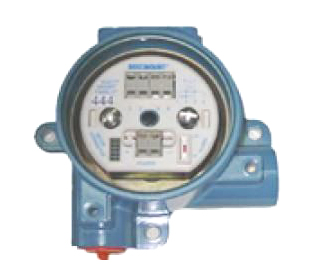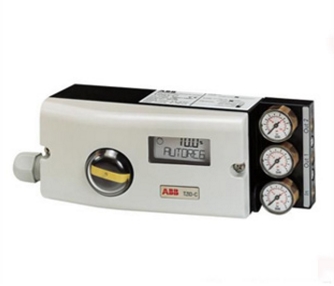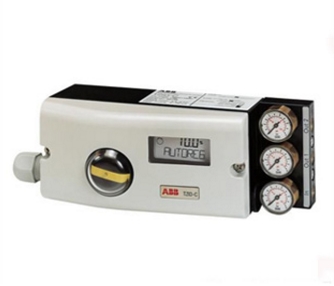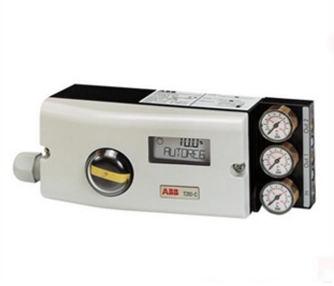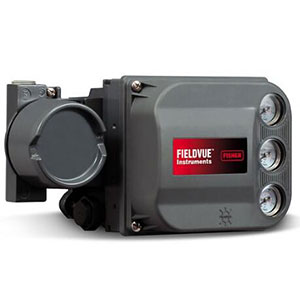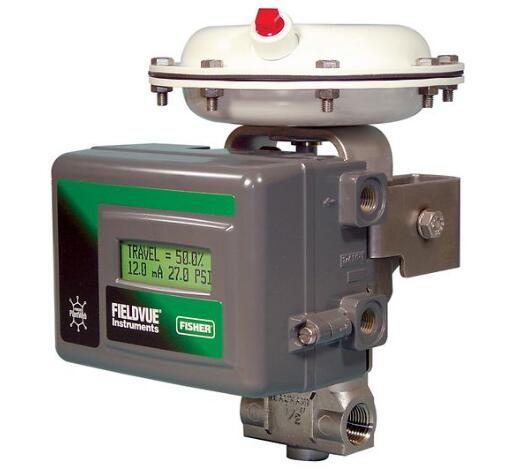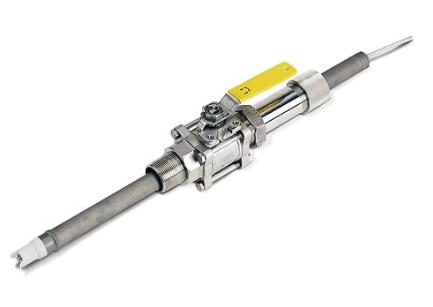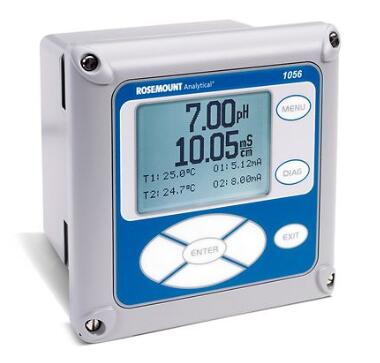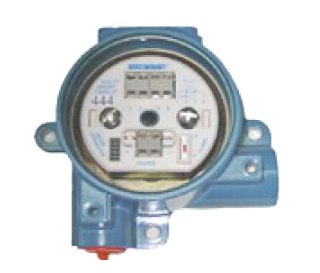
The 444-3H type intelligent temperature transmitter, can receive 2-, 3- and 4- thermal resistance, thermocouple and resistance and MV input, with HART communication protocol or foundation field bus communication function. When using the HART communication protocol, output is linear with the input of 4-20 mA/HART; and when the Foundation Field bus communications, for full digital output.
Characteristics of Temperature Transmitter
The HART or foundation field bus communication
· Transmitter and sensor matching function, the specified temperature impedance curve input transducer RTD sensor, transmitter and sensor can achieve the perfect matching, avoiding the interchangeability of error sensors, can improve the accuracy of 75%
· Accuracy: 0.03% range +0.15 ℃ (Pt100 for example)
· Stability: thermal resistance and thermocouple input, 24 months, or 0.15 ℃ ± 0.15% readings, to whichever
· Wide range: -200~1768 ℃, (set scale in the sensor range, no limit)
The number of · advanced self-diagnostic function can be reduced to a field repair
· Eemperature correction circuit, reduce the influence of environmental temperature
· Input / output electrical isolation
· Excellent electromagnetic compatibility
Independent parallel alarm circuit design
For the input options can be arbitrary configuration
Function index
Input: can be selected by the user, the input options, see page fifth "input options / accuracy" table.
Output: the use of HART communication protocol, two-wire 4~20mA/HART output, and temperature or other input signal into a linear. The adoption of foundation fieldbus communication, as the digital output, according to ITK4.5.
Insulation: 50/60 Hz, input and output insulation to 500 volt AC reluctance (707 V DC reluctance).
Humidity limit: relative humidity 0-99%, no condensation.
Update: ≤ 0.5 seconds
Performance Index of Temperature Transmitter
Influence of source: influence is less than ± 0.005% per volt range.
Stability: thermal resistance and thermocouple input, 24 months transmitter stability will reach ± 0.15% readings or ± 0.15 ℃ (whichever is the greater).
Electromagnetic compatibility: conform to NAMUR NE21 grade requirements:
The sensitivity of parameters
ESD · 6kV contact discharge without
8kV air discharge
Radiation 80-1000MHz:10V/m AM no
Trigger 1kV (for I.O.) no
Over voltage 0.5kV, the line to the line no
1kV, line to ground (I.O.)
Conductive 150kHz to 80MHz:10V without
Self calibration:
Through the dynamic measuring results compared with stable and precise internal reference, the transmitter analog / digital conversion circuit can automatically update the temperature data of each calibration.
The influence of vibration: can achieve the following technical specifications, but had no effect on performance:
Frequency of vibration
10 - 60Hz 0.21mm displacement
60 - 500Hz 3G peak acceleration

